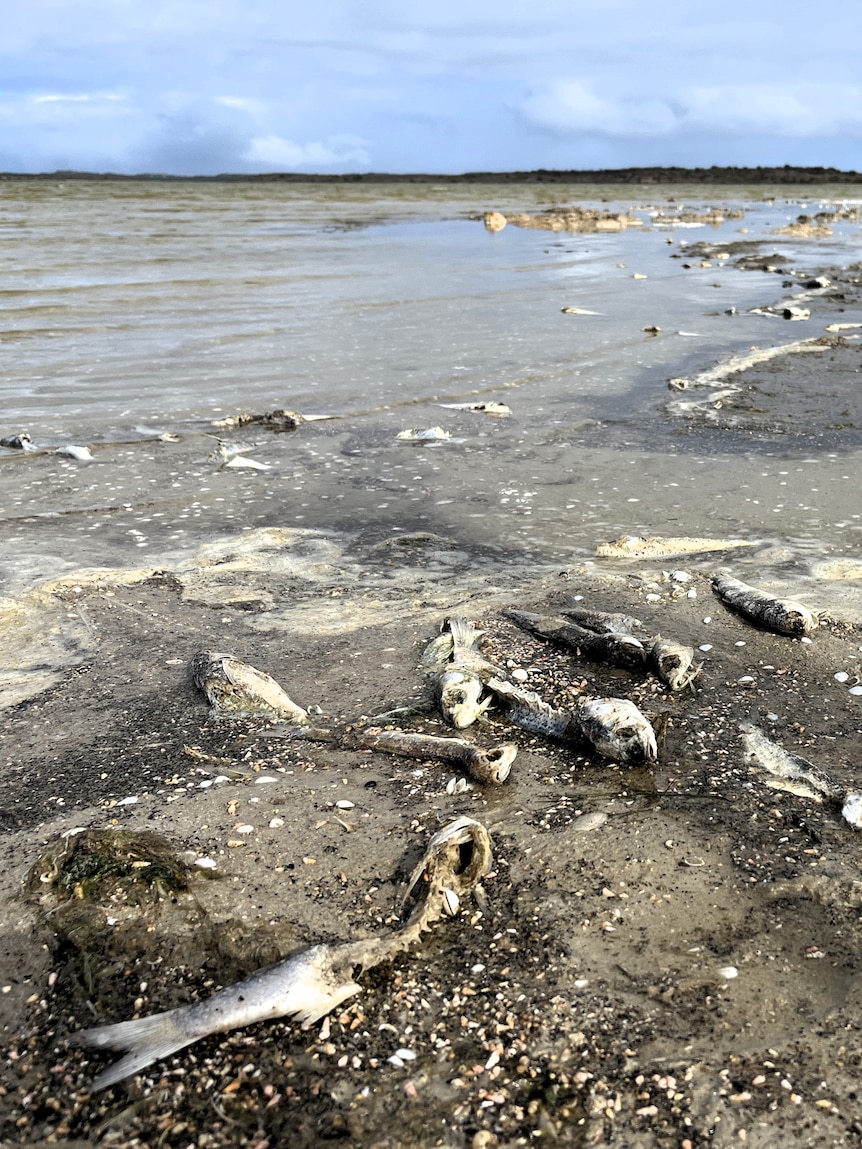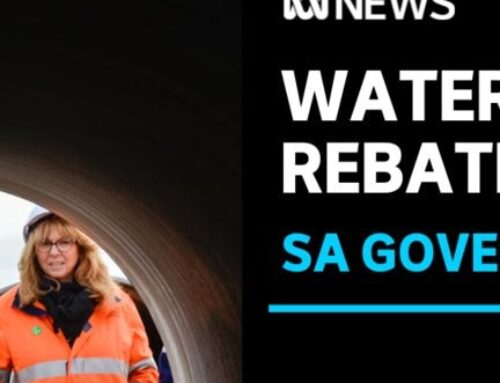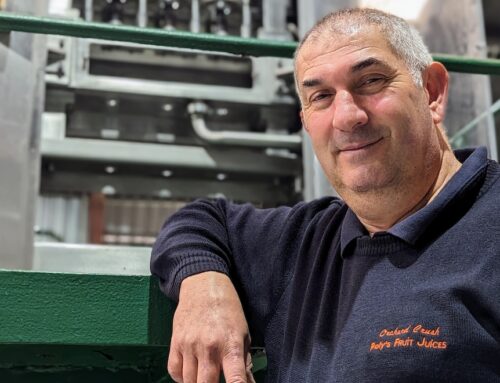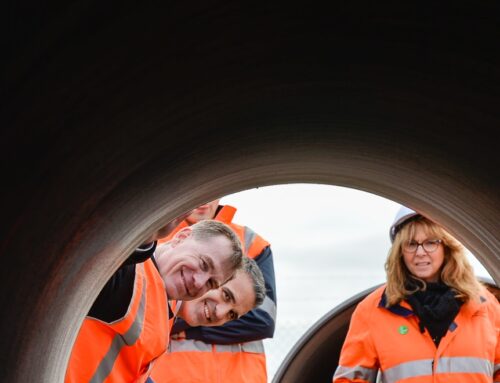Coorong fishermen are calling for action to help the ailing South Lagoon in the wake of what they say is the largest fish kill in more than 40 years, but any engineering solution could be years away following delays with the Healthy Coorong, Healthy Basin Action Plan.
Commercial fisherman Gary Hera-Singh has fished in the Coorong for more than 40 years. He’s also been a fierce environmental advocate for this Ramsar-listed wetland at the end of the Murray-Darling Basin.
In a shack overlooking the South Lagoon, used by his father when he fished these waters, Mr Hera-Singh and his colleagues are visibly frustrated and angry over the recent fish kill.
They first noticed thousands of mullet dying in late May, then mulloway gasping for air at the surface of the lagoon.
They say while some of the mullet washed up on the shoreline, the majority, along with bream, mulloway, and flounder sank to the bottom of the lagoon.
In the days that followed, their nets became coated with oil and fat as they scraped along the decaying mass at the bottom of the water that they said covered up to 20km of the lagoon from Woods Well to Villa de Yumpa (Coconut Well).
Mr Hera-Singh said this was the third major fish kill he had seen in 40 years and “by far” the largest.
He calculated there to be about 20 fish per kilolitre in the affected area, which is around 200 tonnes by his reckoning and equivalent to the region’s yearly commercial mullet catches.
His message for the network of governments, departments and agencies who oversaw the Murray-Darling Basin was blunt.
“Get off their backsides and get that Healthy Coorong, Healthy Basin project — that they’ve squandered four years out of five — to get up here and fix this bloody south lagoon.”
“After two years of high river flow, there should be fish jumping into people’s boats and what have we got?”
He and the other fishermen felt the damaged environment of the lagoon was being ignored.
“It’s out of sight, out of mind … nobody gives a rat’s.”
What caused the kill?
Ecologist Faith Coleman said recent water management had resulted in sharp increases in salinity levels in the lagoon.
While that on its own was not enough to kill the fish, windstorms had stirred up monosulfidic black ooze at the bottom of the lagoon, which damaged the gills of the affected fish.
“It’s like black cornflour that smells of hydrogen sulphide,” she said.
Ms Coleman said the mullet had been the first to die with the mulloway and black bream, that preferred to live towards the middle of the water course, next to be affected.
“We had 80cm-long mulloway coming to the surface, gasping for oxygen in water that had plenty of oxygen,” she said.
A spokesperson for the Department of Primary Industries and Regions, South Australia (PIRSA) said the department investigated the fish kill in the Coorong “within hours of determining the location” but that the event had not been reported to their Fishwatch hotline.
They said officers attended the site on June 12 to take water samples but no toxic algae was found.
They said data showed a decline in oxygen levels in the South Lagoon in the days leading up to the event “which may have contributed to the event”.
Losing hope for the South Lagoon
Meningie-based Glen Hill has fished the Coorong for 34 years. He watched the area revive with the floods and said that with better water management the re-decline of the environment of the South Lagoon could have been averted.
“We had the gift of a lifetime with the floods and we saw life blossom back into existence,” Mr Hill said.
“$70 million and the best they’ve come up with is to create bird refuges elsewhere away from the Coorong.
“[They] basically have admitted they can’t save the Coorong.”
A pipeline to the ocean
South Australian Environment Minister Susan Close said the work on the wetland refuges was “not at all” a sign that the government had lost belief that the Coorong could be saved and the nearby wetlands had historically helped to support the birds visiting the Coorong.
Under the Healthy Coorong, Healthy Basin Action plan nearly $80 million was allocated for research to be carried out between 2019 and 2024 on how to restore the health of the Coorong.
Ms Close said her government had asked the Commonwealth to release allocated funding of $27.9 million to enable phase 2 of the plan.
“I recognise that it’s been delayed for the past year or so, and we are trying to put pressure on,” she said.
Phase 2 will further examine potential engineered solutions for the South Lagoon.
“That will give us the evidence that’s required to know whether we need to spend hundreds of millions of dollars and, exactly if we were to, what that would look like.”
Ms Close said a proposal to dredge between the North Lagoon and South Lagoon had been ruled out, but a pipeline connecting the lagoon to the Southern Ocean was still an option.
A spokesperson for the federal government’s Department of Climate Change, Energy, the Environment and Water said the government was considering a proposal from the state government regarding Phase 2 of the Healthy Coorong Healthy Basin Program with a decision expected in the coming weeks.
But Mr Hera-Singh warned while the South Lagoon was allowed to struggle with low flows the North Lagoon would also suffer.
“Relying on such small flows. It will definitely influence the North Lagoon,” he said.
Get our local newsletter, delivered free each Friday




